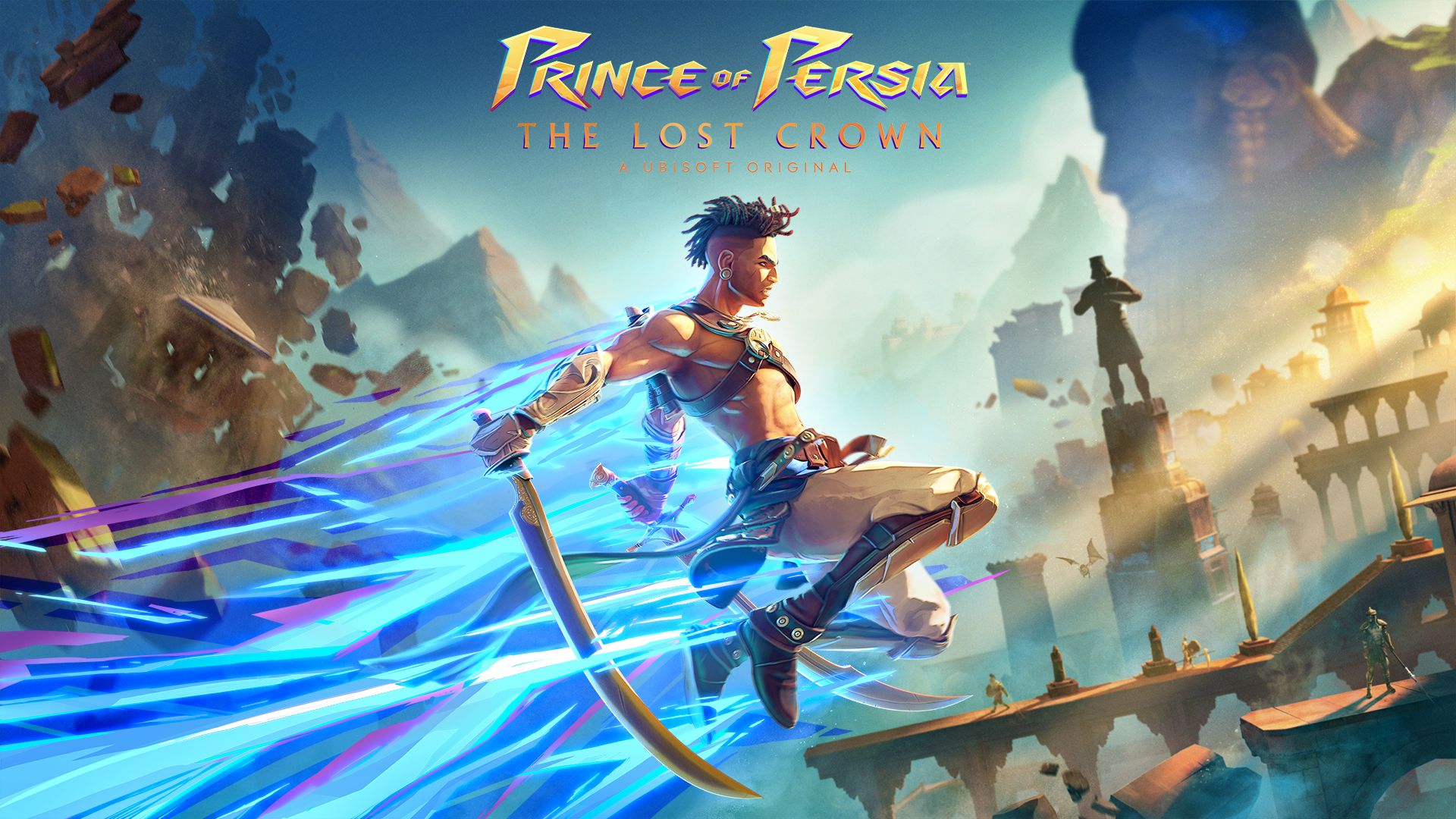Sometimes big gaming franchises can go through massive changes, which for most people might be an improvement, but for fans of the original format, it can be disappointing. Probably the best example for myself would be the new Legend of Zelda games, Breath of the Wild and Tears of the Kingdom. I recognize that these are great games that the vast majority of people have fallen in love with, but for me, that’s just not what I want from a Zelda game. With Prince of Persia: The Lost Crown, the Prince of Persia franchise goes through a similar huge change, maybe an even bigger one. And while right now it’s uncertain if there will be another entry in the classic 3D action adventure vein that the franchise was known for—I certainly hope there will be—for now, at least, Prince of Persia has become a 2D metroidvania, thanks to the team at Ubisoft Montpellier, who’ve developed the most recent entry into the series. One thing is for certain, though: if this is the new direction of the franchise, as sad as that might be for the beloved original formular, it’s a damn good new direction.
What needs to be made explicitly clear right at the start is that Prince of Persia: The Lost Crown isn’t just a good metroidvania; it’s one of the very best in recent times. With only the likes of Metroid Dread (2021) and Hollow Knight (2017) rivaling it. That might sound like hyperbole, but I mean it. Metroidvanias are made up of three core pillars of gameplay: combat, platforming, and exploration. Prince of Persia: The Lost Crown triumphs in all three of them.
The Eye of the Wanderer is a new item in The Lost Crown that’s a bit of a stroke of genius. It allows you to take a screenshot at any point in the game, which is then pinned to your minimap and can be looked at at any point. This hugely encourages exploration and allows you to run around the map freely without the pressure of needing to remember exactly where everything is. Running into corners in which you cannot progress yet is a natural phenomenon in a metroidvania, and this feature makes it much easier to backtrack later on. I hope this is something future metroidvanias look into adding as well.
Like any metroidvania, you gradually unlock new abilities in Prince of Persia: The Lost Crown, and by the end, the movement options available to you are nearly endless. Between air dashes, double jumps, and grappling hooks, your mobility is insane and feels amazing to control. The environments take advantage of that, with plenty of platforming sections that are anything but easy. Often, you will come across parts of a level layered with instakill spikes everywhere, forcing you to do a perfect combination of jumps and abilities to get to the other end, and once you complete these sections, you just feel great.
The combat feels almost like a 2D version of your classic combo-heavy character action game. You combo enemies both on the ground and in the air, and you can zip around while doing so. Like any modern game, you naturally have a dodge in addition to a parry. When you parry attacks at the right moment, you can trigger a little animation that’s different for every enemy, and that’s super stylish and fun to watch. This goes for boss fights as well, which can take on some very anime proportions of epic scale and over-the-top attacks that are paired with extremely stylish animations that don’t get old.
In general, Prince of Persia: The Lost Crown is a beautiful game. There was concern that it would end up being a lot of browns and golds and not much more, but the game has a surprising amount of varied environments with all kinds of different color palettes. Green, lush forests, a golden desert with red crystals, and, of course, a purple void that any good game needs. There are also some really cool set pieces later on that I will refrain from talking about here, but they revolve around the manipulation of time and make for very striking visuals.
The manipulation of time is a core component of previous Prince of Persia storylines, and that’s true for The Lost Crown as well. You are Prince Sargon, one of the seven Immortals that protect Persia. When the prince of Persia is kidnapped, you head to Mount Qaf to get him back, but once there, weird things start to happen. Time seems to be all over the place here. For you, only moments have passed, and yet you come across people who’ve been here for years without growing a day older. Alternate versions of yourself start to appear, and for some people, this uncanny place seems to drive them into madness. Mount Qaf makes for a great canvas to tell a sprawling story with twists and turns, and while the story of Prince of Persia: The Lost Crown is that to a degree, it’s also nothing outstanding. Maybe the only part of the game that isn’t explicitly fantastic but instead just ok.
Prince of Persia: The Lost Crown is a wholly new direction for the franchise, and whether or not it’s the future has yet to be seen. But for now, what we have is a truly outstanding new metroidvania game that executes on almost every aspect at an exceptionally high level.
Nairon played Prince of Persia: The Lost Crown on PC with a review key.

Prince of Persia started as a 2D side scroller.